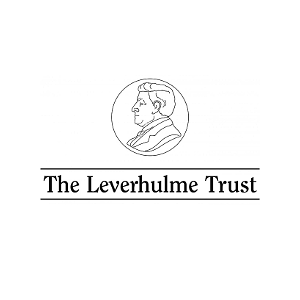From Microbes to Matrons: The Hidden History of Hospital Infection Control
Healthcare-associated infection is a major problem today, contributing over 20,000 UK deaths annually, but it is also has a long history. This exhibition explores the history of hospital infection and ways in which hospital staff attempted to tackle it.
‘As the very first requirement of a hospital, that it should do the sick no harm’
 St Thomas' North Theatre, 1908These words opened Florence Nightingale’s 1859 publication Notes on Hospitals. Nightingale herself admitted that ‘it may seem a strange principle to enunciate,’ but she feared that patients admitted to mid-nineteenth century hospitals for a broken limb, a fever or a minor ailment were often exposed to more life-threatening dangers inside the institution than outside.
St Thomas' North Theatre, 1908These words opened Florence Nightingale’s 1859 publication Notes on Hospitals. Nightingale herself admitted that ‘it may seem a strange principle to enunciate,’ but she feared that patients admitted to mid-nineteenth century hospitals for a broken limb, a fever or a minor ailment were often exposed to more life-threatening dangers inside the institution than outside.
Of particular concern to Nightingale and others like the surgeon Joseph Lister were the high rates of wound sepsis and ‘hospital’ diseases, such as septicemia, gangrene and erysipelas. These threatened to make hospitals into places of fear, jeopardizing the standing and reputation of the institutions, their physicians and surgeons, and the expansion of their medical and nursing schools.
Following her experience at the Scutari Hospital during the Crimea War where more soldiers died of disease than war wounds, Nightingale sought to tackle hospital infection rates by improving hygiene and cleanliness in hospital wards. Shortly after, Lister developed his antiseptic system to chemically disinfect wounds.
Yet, while the pioneering efforts of Nightingale and Lister to overcome hospital infection are well known, the efforts of others have often been ignored or forgotten. As Nightingale and Lister knew attacking hospital infection successfully required the cooperation of everyone in the hospital and could not just be left to individual surgeons or nurses. ‘System’ and teamwork in scope and method were crucial.
This exhibition explores some hidden histories of those involved in tackling hospital infection in the nineteenth and twentieth centuries, efforts usually overshadowed by the formative period of practice in the late nineteenth century. By focusing on nurses, surgeons, bacteriologists and the technologies they used, the exhibition examines the many ways in which hospital infection was tackled in Great Britain across this longer period.
Many of the items included in this exhibition are drawn from the King’s College Hospital archive at King’s College London Archives. King’s College Hospital was an early pioneer of infection control and prevention — Lister moved to the Hospital from Edinburgh in 1877 — and its archive contains a wealth of information about infection control practice.
The Royal Infirmaries in Edinburgh and Glasgow, and St Thomas’ Hospital were also important to the history of hospital infection control, with ideas, people and practices travelling among the four institutions. Hence, other items are from the Glasgow Royal Infirmary and Rebecca Strong collections at the NHS Greater Glasgow and Clyde Archives, the Royal College of Physicians and Surgeons of Glasgow (RCPSG), the St Thomas’ Hospital collection at the Florence Nightingale Museum and Wellcome Images.
The exhibition forms part of a larger Leverhulme Trust-funded research project about the history of hospital infection control based at King’s College London and the University of Glasgow led by Professors Anne Marie Rafferty and Marguerite Dupree titled ‘From Microbes to Matrons: Infection Control in British Hospitals 1870-1970.’
Exhibition curators: Dr Claire L. Jones and Susan Gardiner


In this exhibition
- Chronology
- Surgeon supporters of Lister, King's College Hospital
- Matrons, Nurses and Nursing
- Bacteriology
- Technologies
- Bibliography
